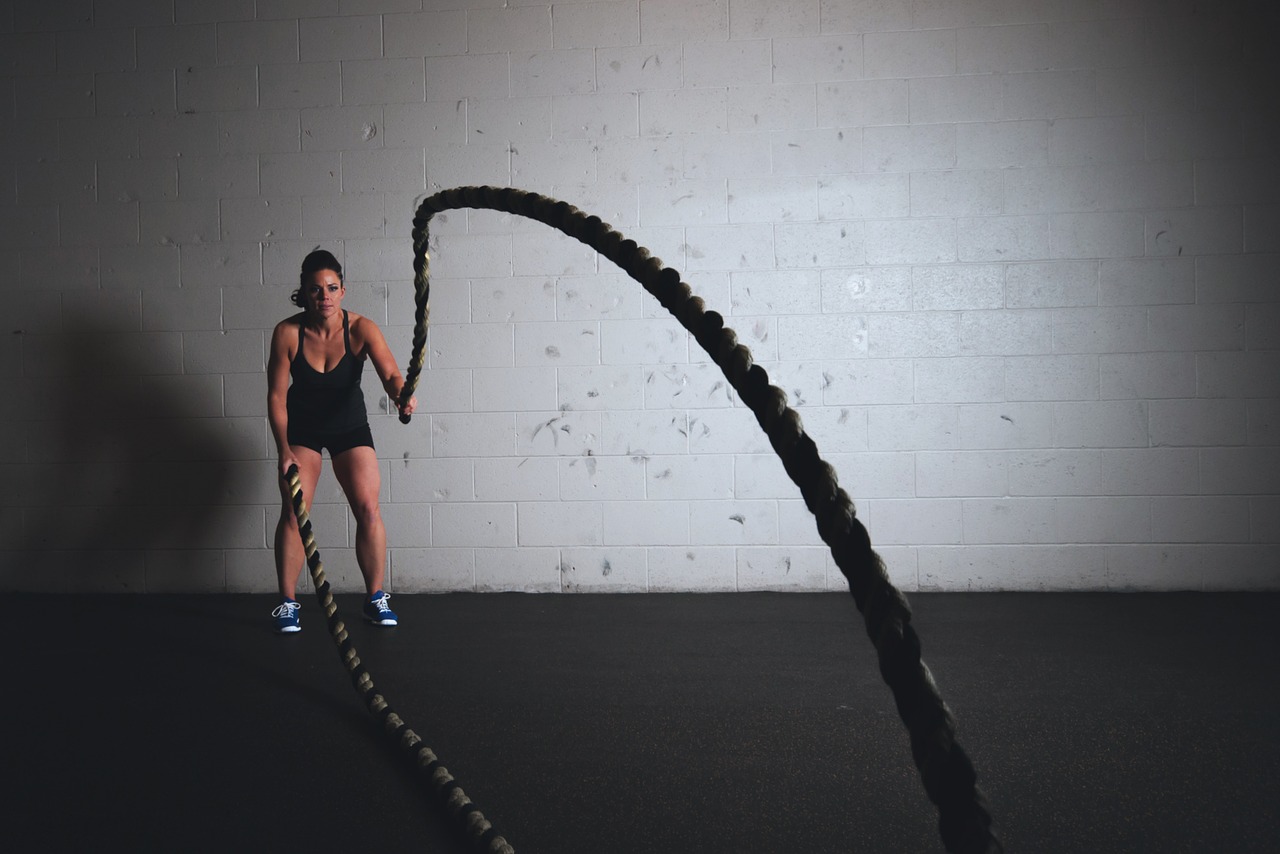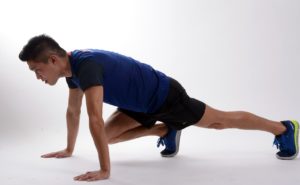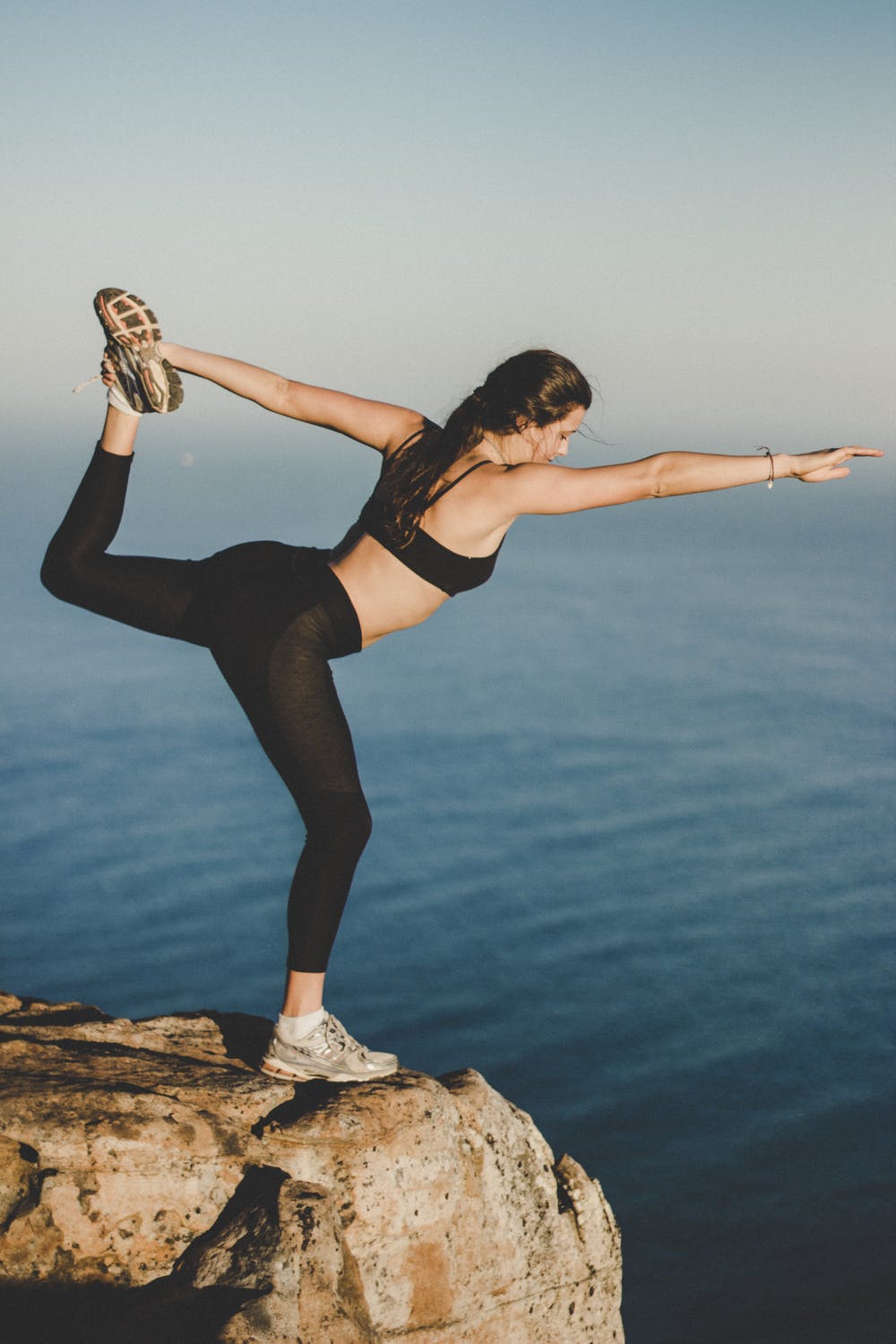How Exercise Helps with Pain and Inflammation
Today, many people face chronic pain and inflammation due to inactive lifestyles and eating lots of fast food. In the United States, around 125 million people have chronic conditions linked to an overly active immune system.
Those dealing with long-lasting pain and inflammation might withdraw from activities they enjoy, hurting their overall quality of life.
For years, doctors have mainly relied on prescription drugs and painkillers, which can lead to dependence and cause lasting side effects.
Nowadays, healthcare experts say exercise isn’t just for preventing sickness; it’s also a key way to treat health issues linked to long-term inflammation.
Why do we experience inflammation?
Inflammation is a natural defense process in our bodies. It helps us heal when we’re hurt by sending nutrients to the damaged area and fighting off toxins.
However, too much inflammation can cause problems. Chronic inflammation can lead to serious diseases like diabetes, arthritis, and heart disease.
Inflammation is normal, but too much of it is bad.
Effects of chronic inflammation
When inflammation lasts too long or starts when it shouldn’t, it can cause problems. The body’s immune system goes into overdrive and attacks healthy cells and tissues, thinking they’re harmful.
Long-term inflammation can lead to ongoing pain, making it hard to move around and affecting how we feel emotionally. Many people with chronic inflammation also struggle with depression and anxiety.
Chronic inflammation can harm blood vessels and lead to health issues like Type 2 diabetes. It’s also linked to certain cancers because it creates conditions that help tumors grow.
Things that can cause chronic inflammation:
- Being overweight
- Drinking alcohol
- Feeling stressed
- Smoking
- Eating too much sugar
- Infections
- Exposure to chemicals
- Not getting enough exercise
How inactivity contributes to inflammation?
Living a lazy lifestyle and eating unhealthy food can cause many problems in our body that can make inflammation worse.
Too much fat from eating too much and not moving enough can really harm our health if we don’t stop it. When we have too much fat around our organs, it releases stuff that makes inflammation worse, which can lead to health problems in the long run.
When you don’t move much and eat lots of sugary snacks, it can mess up how your hormones work, especially insulin, which helps control blood sugar levels. But if your body starts ignoring insulin, blood sugar levels go up, and your body makes more insulin to deal with it, which actually makes inflammation worse.
How can exercise prevent inflammation?
New studies suggest that just doing 20 minutes of moderate exercises every day can help your body fight inflammation and boost your immune system.
Researchers think that regular exercise can help your body control inflammation better by activating a part of your nervous system called the sympathetic nervous system (SNS). When the SNS is active, it releases stuff that stops your body from making hormones and substances that cause inflammation.
Regular exercise can also help you deal with stress better, both physically and mentally. People who exercise regularly tend to handle stress better and have a more positive outlook, which lowers their chances of getting autoimmune diseases and other chronic conditions.
How do you use exercise to fight off inflammation?
Doing moderate-intensity exercises can reduce inflammation in the body. The great thing is, you can do these exercises at home.
Moving your body is like taking medicine, and our bodies are made to move. The important thing is to do some kind of gentle to moderate physical activity regularly to prevent inflammation and avoid getting lifestyle-related diseases.
Aerobic exercises
Exercises that make your heart beat faster and your breathing go up can help your body get more oxygen to its tissues and organs. This helps your body absorb nutrients better and get rid of toxins.
Walking, jogging, biking, or swimming are all good exercises that can keep your heart strong and your body active. It’s suggested to do at least 150 minutes of moderate aerobic exercise every week, which you can do by exercising for 20-30 minutes each day.
Yoga and stretching
Yoga and stretching exercises are great ways to relax your muscles and calm your mind. By including them in your daily routine, you can promote relaxation and mental clarity.
Deep breathing exercises can also help clear your mind from clutter and overwhelming thoughts. Stress is linked to inflammation and autoimmune diseases, so improving your stress response can give you more control over your health.
Bodyweight training
Studies indicate that resistance training is effective in managing inflammation, especially in older adults who are more vulnerable to infections and diseases.
Bodyweight exercises like push-ups and squats are excellent options for improving muscle strength without putting too much stress on your joints. Unlike lifting heavy weights, bodyweight exercises use your own weight as resistance, reducing joint strain. These exercises often involve compound movements that work multiple muscle groups simultaneously.
By incorporating bodyweight training into your routine, you can decrease inflammation while minimizing joint strain, promoting overall health and fitness.


























